Understanding the Basics Behind Your Home’s Plumbing
At John Shelton Plumbing, we know plumbing can seem complicated. Between pipes, drains, vents, and valves, there’s a lot going on behind your walls! After decades in the trade and countless certifications, we’ve learned that a little visual guidance can go a long way. That’s why we’ve created this quick-reference library of common plumbing layouts—perfect for homeowners, renters, and DIY enthusiasts who want to understand how their systems work.
Why Learn the Basics?
Knowing the fundamentals of plumbing can save you time, money, and stress. Recognizing how water lines, sewer pipes, and vents connect helps you identify small issues before they become big repairs. You’ll also feel more confident explaining problems when you call a professional plumber.
How to Use These Diagrams
Click any image below to open a printable PDF. Feel free to save, print, bookmark, or share them with a friend—these visuals are yours to keep. Each diagram shows the key parts of your home’s plumbing system, labeled for easy reference.
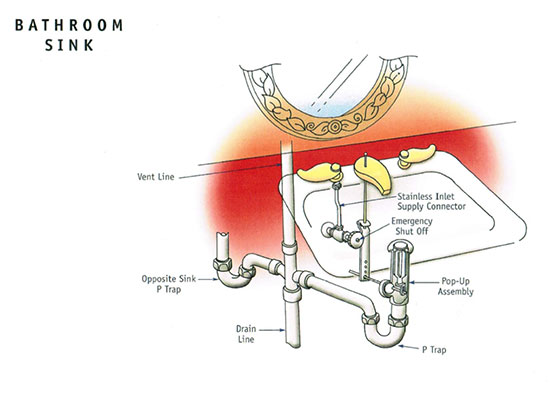
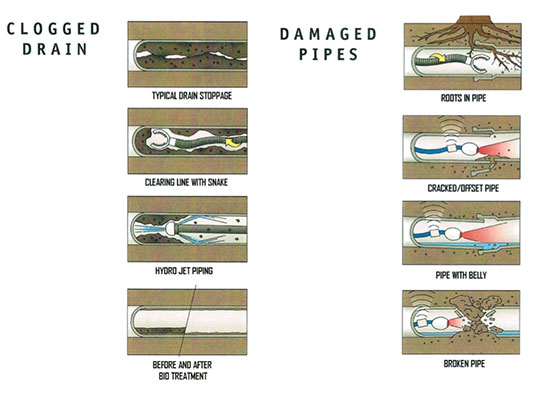
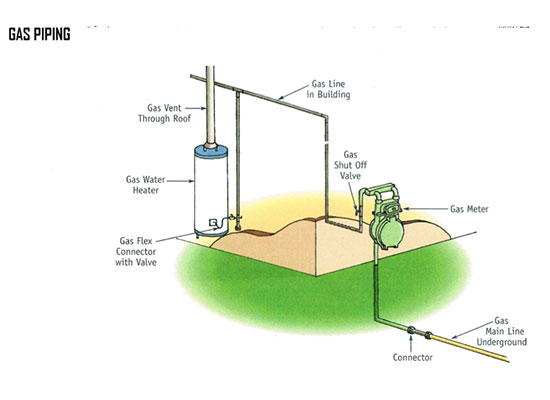
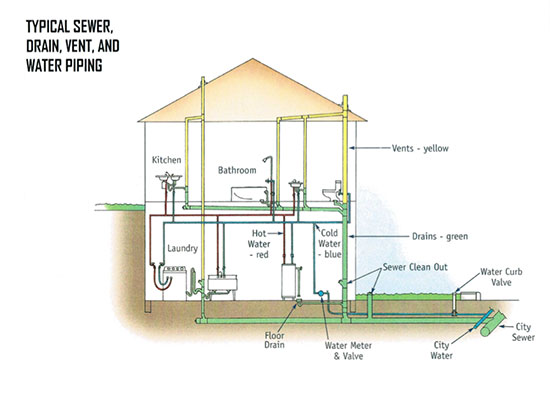
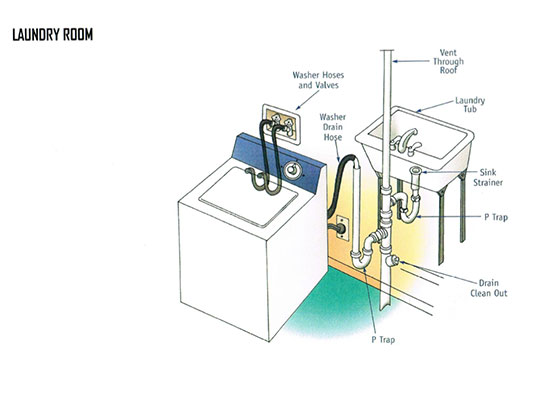
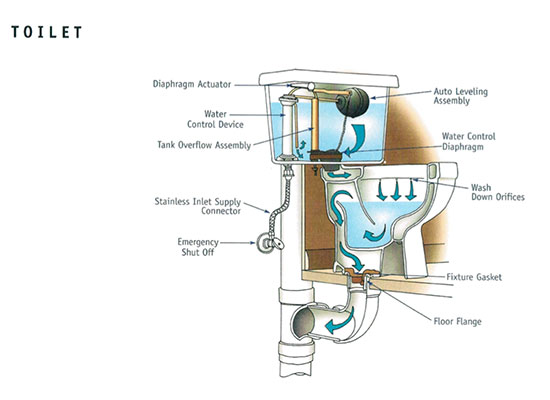
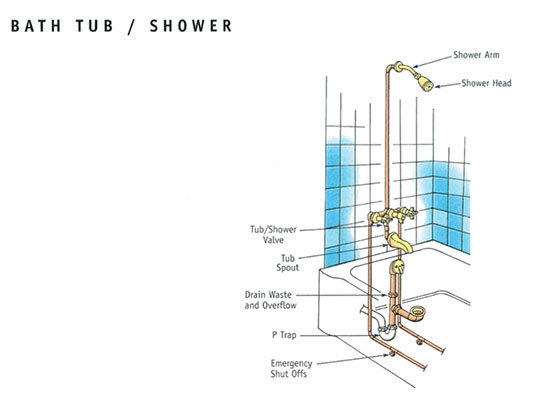
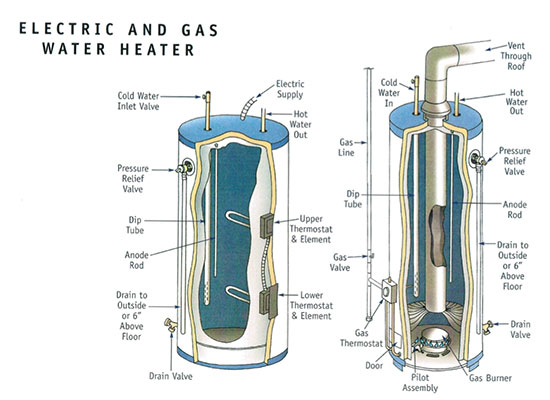
Questions about a diagram or a plumbing issue? Call 724-335-7177 or contact us. We proudly serve the Alle-Kiski Valley and surrounding areas.
When to Call a Professional
While understanding your plumbing is valuable, some jobs require certified expertise—especially anything involving gas lines, major leaks, or sewer backups. The licensed and insured team at John Shelton Plumbing is always ready to help with safe, reliable solutions for every part of your home.
Plumbing 101 – Frequently Asked Questions
How do I use these plumbing diagrams?
Click any image to open the printable PDF. You can save, print, or share the file. Use the labels to identify key parts before you call for service or attempt basic maintenance.
What are the signs I should call a plumber right away?
Call immediately for sewage odors, gurgling drains, water backing up, repeatedly tripping water heater resets, visible gas line damage, or any active leak near electrical.
Is it safe to work on gas lines myself?
No. Gas lines require a certified professional. If you smell gas, shut it off at the main, evacuate, and contact a licensed plumber and your utility provider.
Why do I have low water pressure at one fixture?
Likely causes include a clogged aerator, a partially closed shutoff valve, sediment in supply lines, or a failing cartridge. If multiple fixtures are affected, you may have a main-line or pressure-regulator issue.
What’s the difference between a clog and a vent issue?
A clog blocks flow and causes slow drains or backups. A vent issue prevents air from entering the system, leading to gurgling or siphoned traps. The sewer/vent diagram can help you spot vent locations.
How often should I service my water heater?
Annually. Flush sediment, check the anode rod, test the T&P valve, and inspect connections to maintain efficiency and extend the unit’s life.
When is hydro jetting better than snaking a drain?
Hydro jetting is ideal for heavy grease, scale, and recurring blockages in main or commercial lines. It cleans pipe walls more thoroughly than a standard cable snake.
Do the diagrams apply to septic systems, too?
Yes—see the septic system diagram for the tank and drain field layout. Regular pumping and inspections prevent backups and protect your drain field.
